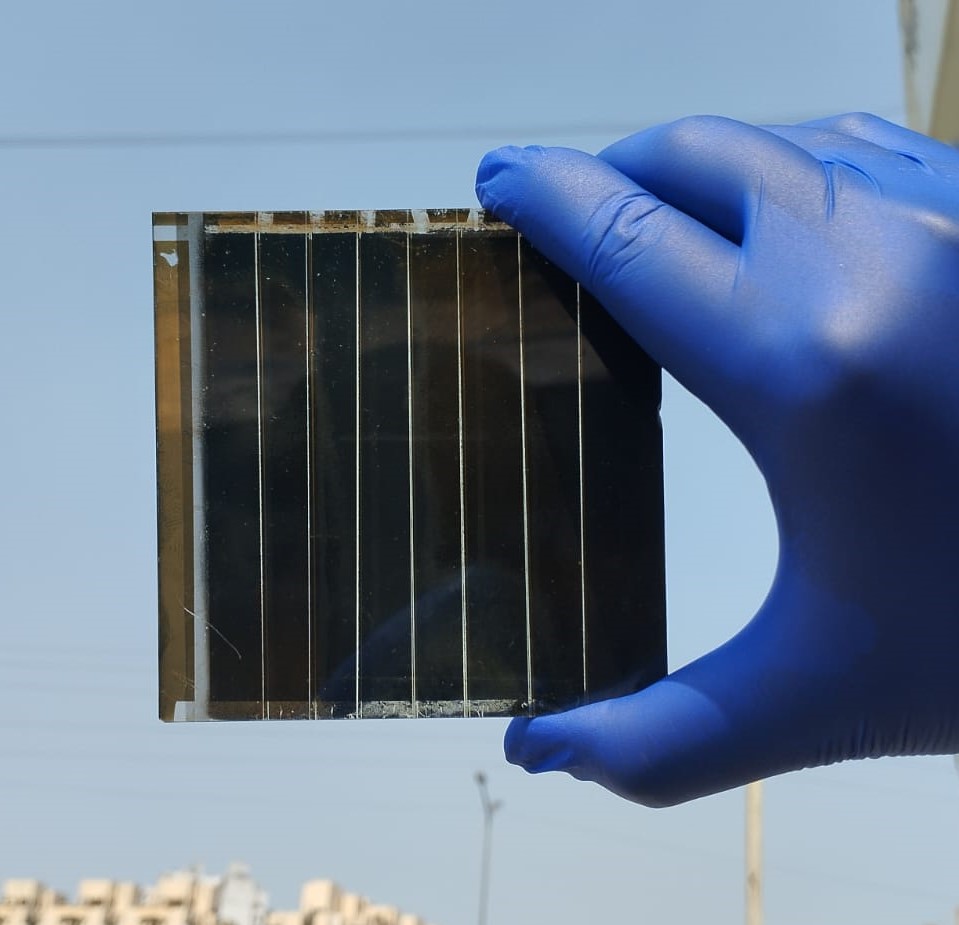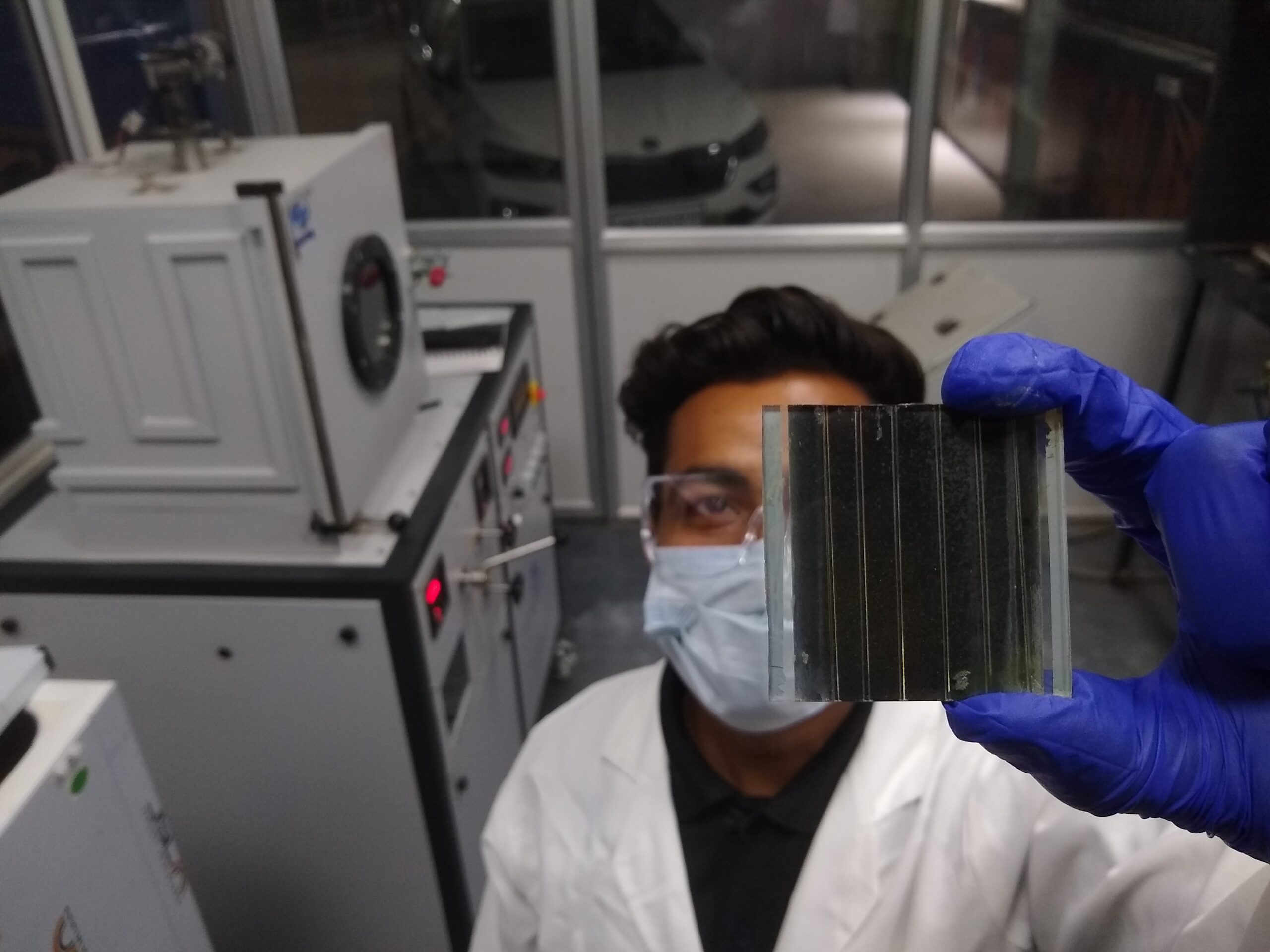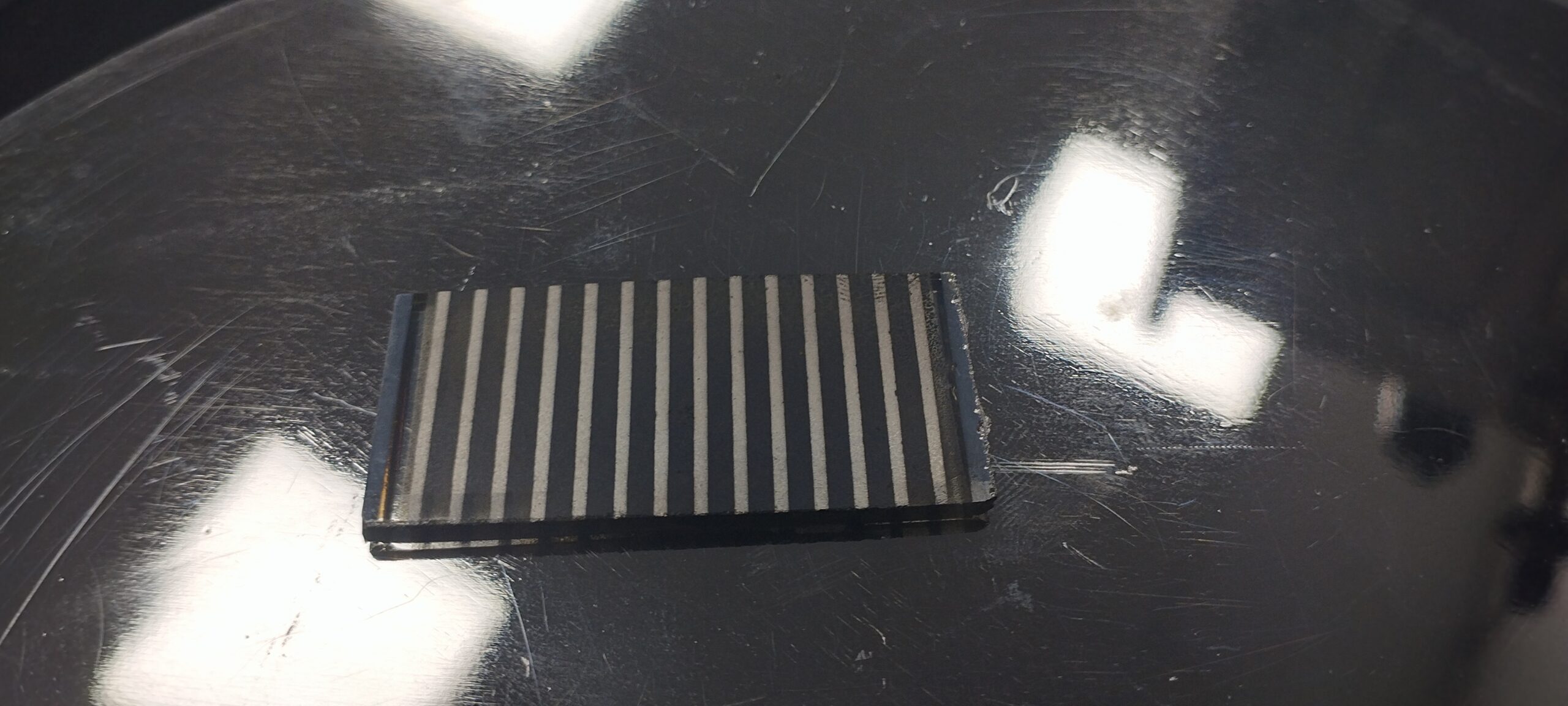Technology
As the saying goes, the Stone Age did not end because we ran out of stones; we transitioned to better solutions. The same opportunity lies before us with energy efficiency and clean energy.
-Steven Chu
Did you know?
Even after 6 decades of work, photovoltaics contribute only 3-5% of world electricity consumption

India’s Commitment to Solar Energy and the Potential of Third-Generation Perovskite Solar Cells
India is one of the countries committed to solar energy and the polarization of the country. The government of India aims to install 100GW of solar capacity by 2022, with 40GW already installed. However, the country is heavily dependent on other nations for solar modules, as developers mostly import solar panels from abroad because they are cheaply available.
The emergence of second-generation solar cells, such as GaAs, CdTe, amorphous silicon, and CIGS, has gained much importance in research, but their market share is still small. Their efficiency has matured and is now increasing at a slow rate.
The Hybrid Halide Perovskite Solar Cell (PSC) is the 3rd generation thin film solar cell technology, first invented in 2009. With unprecedented progress over the last decade, PSCs, with a record efficiency of 25.5% at the laboratory scale, have outperformed traditional silicon-based solar cells.
Perovskite Solar Energy: A Sustainable Solution for a Better Future
Solar energy is an inexhaustible green energy source that has the potential to revolutionize the way we power our world. The sun produces enough energy in a day that is equivalent to the electricity requirement of the entire world for a year. Despite the vast number of solar plants installed worldwide, only 3-5% of the world’s electricity consumption is fulfilled by solar plants to date.
One of the reasons we are lagging behind is the lower efficiency of silicon solar cells. Silicon solar cells require a significant area to generate a fixed amount of electricity, making them less efficient. Additionally, silicon-based solar cells are rigid, limiting their application to only rooftops or fields. The expensive manufacturing process of silicon wafers is another challenge that hinders the growth of solar energy.

So, what is the solution?
Hybrid halide perovskite solar cell (PSC) is the 3rd generation thin-film solar cell technology, which was first invented in 2009. With unprecedented progress over the last decade, PSCs, with a record efficiency of 25.5% at the laboratory scale, have outperformed traditional silicon-based solar cells. Perovskite solar cells are highly efficient, have lower raw material costs, and are low-cost manufacturing. Therefore it has the potential to overcome the above-mentioned challenges. Since it has high efficiency, it needs less area compared to silicon to generate the same amount of electricity. It is a thin-film solar cell, so it can be developed on glass or flexible substrates. It is transparent unlike silicon solar cells so can be developed on the front facades of the skylights.

Perovskite Solar Cell
Perovskite solar cell has a broad absorption spectrum so can produce electricity from the early morning to late evening, unlike silicon solar cell which works only for 4-5 hours of day time.
Properties of the Perovskite Solar Cell
These promising properties of perovskite solar cells make it a perfect technology that can enable us to reach up to 100% electrification from solar cells compared to only 3-5% today. Some of the application areas:
1. Modules for field and rooftop installation.
2. BIPV (Building-integrated photovoltaic)
3. Self-charging electric vehicle.
4. Portable and foldable charging kits.
5. Self-charging drones for military application.
6. Tandem solar cell (perovskite/silicon solar cell)
In terms cost the projected cost of perovskite solar cell comes out to be INR 8-10/ watt compared to INR 24-30/watt of silicon solar cell. So the product has huge commercial impact in India and abroad.
